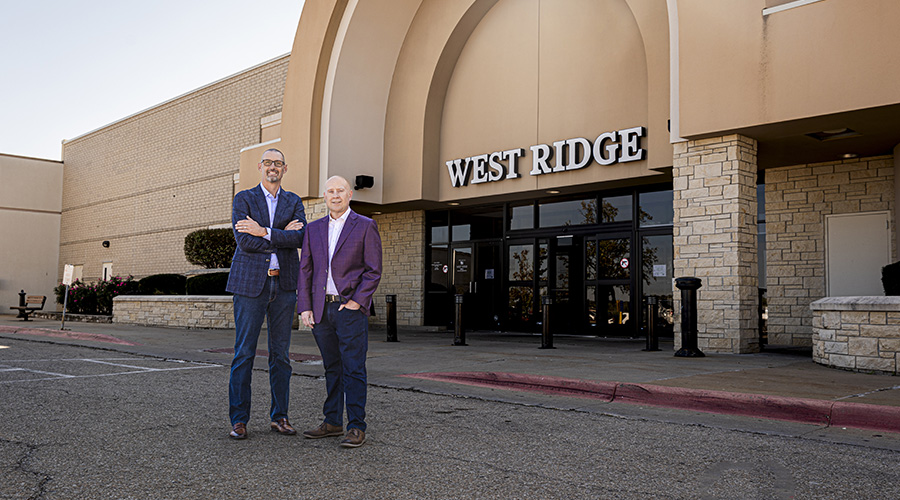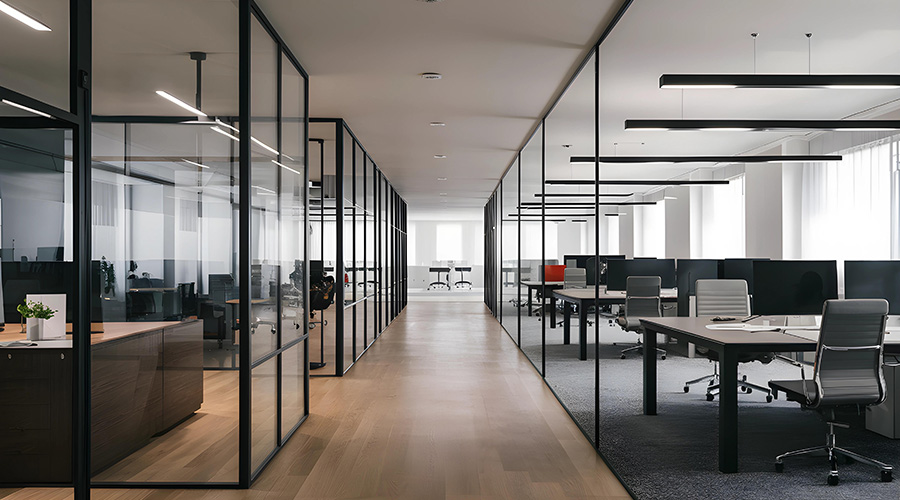Careful Consideration Is Needed Before Cutting Back On Private Offices, Workspace
Businesses today are faced with increasingly difficult choices to remain competitive, not the least of which are decisions about real estate, for both the company and individual employees. Companies are once again "rightsizing," though the intent is no longer to trim the employee headcount. Rather, it is to reassess and realign the proportion of space allocated to staff, an exercise that often results in a reduction of personal space for the employee. Losing personal space may not trigger employees to update their resumes, but as businesses begin to reinterpret space allocation, a different set of impacts is coming into focus. And two clear drivers — culture and technology — underlie these issues and require a facility manager's thoughtful attention.
The first major factor is corporate culture. Most companies today are experiencing the impact of a truly multi-generational workforce. Age diversity and preferences in the workplace have been the focus of much study, with attention paid to flexibility, collaboration, reliance on technology, and work-life balance. Most companies are facing the reality that the traditional, hierarchical office paradigm may not be the optimal approach for stimulating a true knowledge-sharing environment.
One reason that's so important is that numerous sources, including the Bureau of Labor Statistics, are predicting a decline in the growth of the labor force as the baby boomers retire, causing businesses to recruit from the millennial demographic. The mandate in the past may have been focused on keeping a company's current leadership rewarded and satisfied. Today, drawing in a new freshman class of talent is a priority for companies that are laser-focused on maintaining a competitive edge once the baby boomers retire. The design of the office plays a critical role in that mission. The workplace must serve not only to attract new talent, but also to foster knowledge transfer for this new generation. Companies have begun to realize that sequestering senior talent close to retirement behind closed doors may not be optimal in accomplishing either objective.
Alongside corporate culture, new technology is shaping decisions about workplace design. Thanks to smaller, faster and smarter equipment, workers are now able to be productive wherever they are. While senior staff may be entrenched in the paradigm that working 9 to 5 in the office is required for optimal productivity, the younger generation sees no issue with being available to work at any time needed, wherever they are, as long as they have the technological ability to do so. Some companies are struggling to balance traditional culture and values with the opportunities that technology presents.
Related Topics:















